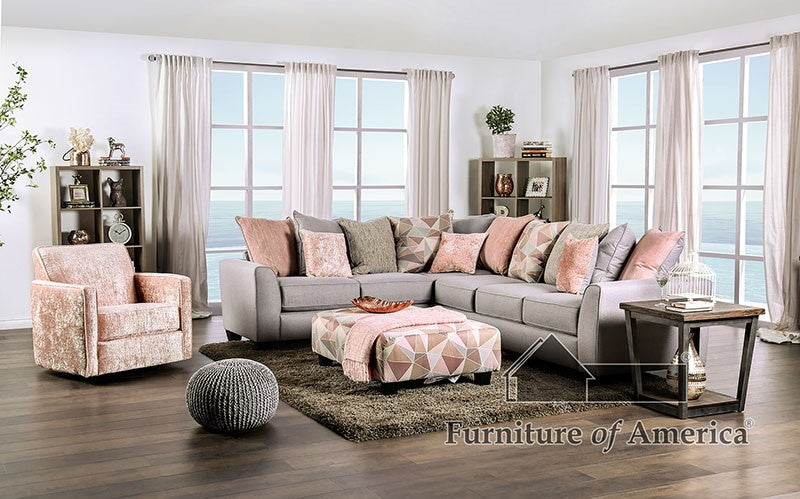Furniture is an essential part of our daily lives. It provides comfort, functionality, and style to our homes, offices, and public spaces. From chairs to tables, sofas to beds, furniture comes in various shapes, sizes, and materials, and it has been an integral part of human culture and society for centuries. In this blog, we will explore the history, design, and trends of furniture, as well as tips for choosing and maintaining your furniture.
History of Furniture:
The history of furniture dates back to ancient civilizations such as Egypt, Greece, and Rome, where furniture was made from materials such as stone, wood, and metal. In the Middle Ages, furniture became more elaborate and ornate, with intricate carvings and designs. The Renaissance saw a resurgence of classical styles, while the Baroque and Rococo periods featured extravagant decorations and embellishments. The 19th century brought the Industrial Revolution and mass production, leading to the rise of furniture factories and more affordable furniture for the masses. Today, furniture continues to evolve with new materials and technologies, and designers continue to push the boundaries of form and function.
Design of Furniture:
Furniture design is both an art and a science, requiring creativity and engineering skills. A good piece of furniture not only looks great but also serves a purpose and is comfortable to use. Furniture designers consider factors such as ergonomics, durability, sustainability, and aesthetics when creating a new piece. They use a variety of materials, including wood, metal, glass, plastic, and fabrics, to achieve the desired look and feel.
Trends in Furniture:
Furniture trends change over time, influenced by fashion, technology, and cultural shifts. In recent years, there has been a trend towards minimalism and simplicity, with clean lines and neutral colors dominating many furniture designs. Scandinavian and mid-century modern styles have been particularly popular, with their timeless designs and focus on natural materials. There has also been a growing interest in eco-friendly and sustainable furniture, with many designers using recycled materials and sustainable production methods.
Tips for Choosing and Maintaining Furniture:
When choosing furniture, it's essential to consider your needs and style preferences. Think about the space you have available, the functionality you require, and your budget. It's also important to consider the durability and quality of the materials used in the furniture. High-quality furniture may cost more upfront, but it can last for years and save you money in the long run.
Maintaining furniture is also crucial to ensure it lasts as long as possible. Regular cleaning and maintenance can prevent damage and keep your furniture looking great. Different materials require different care, so be sure to follow the manufacturer's instructions for cleaning and maintenance. Consider investing in furniture covers or protective coatings to prevent scratches and stains.
In conclusion, furniture is an essential part of our lives, providing comfort, functionality, and style to our homes and public spaces. It has a rich history and continues to evolve with new materials and technologies. When choosing furniture, consider your needs and style preferences, and invest in high-quality pieces that will last for years. With proper care and maintenance, your furniture can look great and serve you well for years to come.





